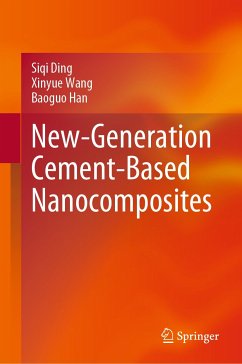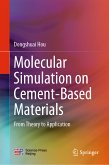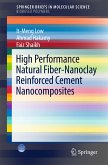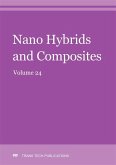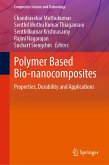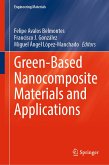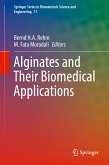Siqi Ding obtained his PhD degree from the Hong Kong Polytechnic University in 2021. He is
now a postdoctoral fellow at School of Civil and Environmental Engineering, Harbin Institute
of Technology, Shenzhen, China. His main research interests include smart materials and
structures, structural health monitoring and nanotechnology in building material. He has
published 1 book, 5 book chapters and more than 25 SCI journal papers. His publications
receive an H-index of 11 and over 800 citations in Web of Science Core Collection, and an H-
index of 13 and over 1,100 citations in Google Schola.
Xinyue Wang obtained his PhD degree from Dalian University of Technology in 2021. He is now a postdoctoral fellow at School of Civil Engineering, Dalian University of Technology, Dalian, China. His main research interests include nano-engineered cementitious composites and interfaces in concrete materials and structures. He has published 1 book chapters and 27 papers in reputable journals, as well as hold 2 authorized national invention patents. He was honored Young Scientist Medal by International Association of Advanced Materials in 2022.
Baoguo Han received his PhD in the field of smart materials and structures from the Harbin
Institute of Technology, China, in 2005. He is currently a professor of civil engineering in the
Dalian University of Technology, China. His main research interests include
multifunctional/smart concrete, nanotechnology, sensing technology, and structural health
monitoring and traffic detection. He is a member of the editorial board of five international
journals and has published 3 books (authored), 2 books (edited), 13 book chapters and more
than 150 technical papers. He was invited to the University of Minnesota and has worked as a
visiting research scholar there for 3 years. He was awarded Top Peer Reviewer in the Global
Peer Review Awards 2019 in both Materials Science and Cross-Field, as
well as 2020 Highly Cited Chinese Researchers.

